northern catalpa (Catalpa speciosa)
Bignoniaceae, the trumpet creeper or catalpa family
How in the whorled can we recognize northern catalpa? Whorled/world, get it? This is a tree with very large broadly ovate leaves that are arranged 3 per node on stout branches.
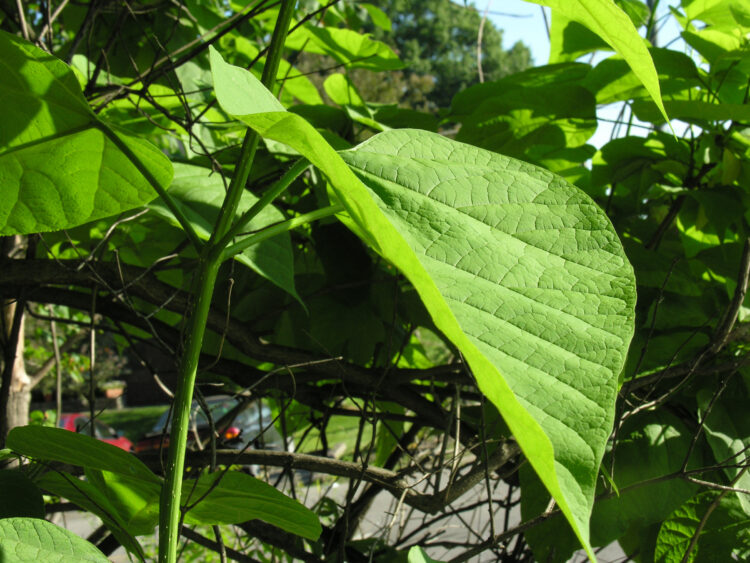
Northern catalpa has whorled leaves.
Flowers and fruits. Catalpa flowers profusely, about the first week in June. It is common on lawns and roadsides in suburban areas.

Northen catalpa is a popular lawn and street tree.
June 7, 2008, Indianola Ave, Columbus.
The flowers are large and white with wavy margins, displayued in few-flowered open panicles. The 5 petals are fused and the throats of the corolla tubes are marked with purple streaks that act as nectar guides. As described in Floral Color Change: A Widespread Functional Convergence, by Martha R. Weiss in American Journal of Botany, Vol. 82, No. 2; Feb., 1995, pp. 167-185, there are two prominent banner petal spots that change in color from yellow to purple as the flowers are pollinated and thus are simultaneously sexually inviable and would no longer offer a nectar reward to foraging bees. The purple color is a signal to potential pollinators that they should avoid the purple-spotted flowers and go to the yellow-spotted ones instead. Both colors can ve seen in the photo below.
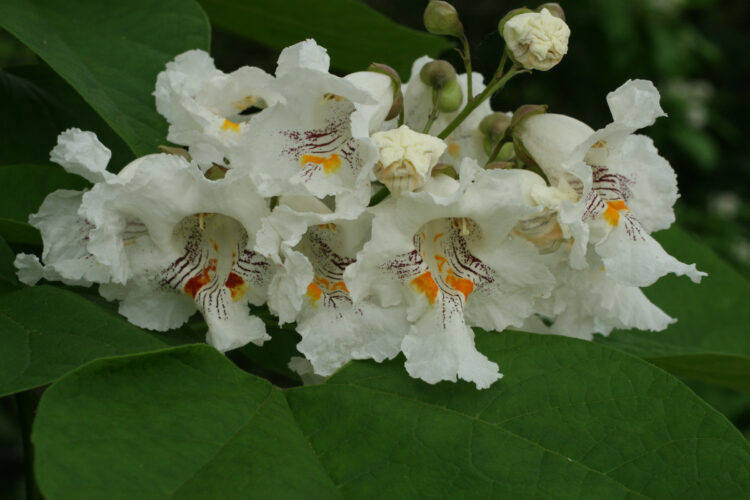
Northern catalpa flowers are large and white.
June 7, 2008.
Catalpa trees should get a ticket for littering.
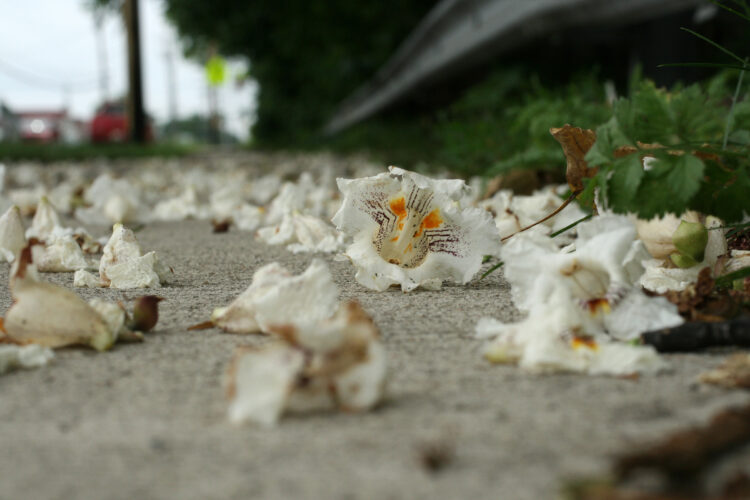
Dirty trees!
The fruits are capsules that are 20-50 cm long and about 1.5 cm wide, giving the tree another common name, “cigar tree.”
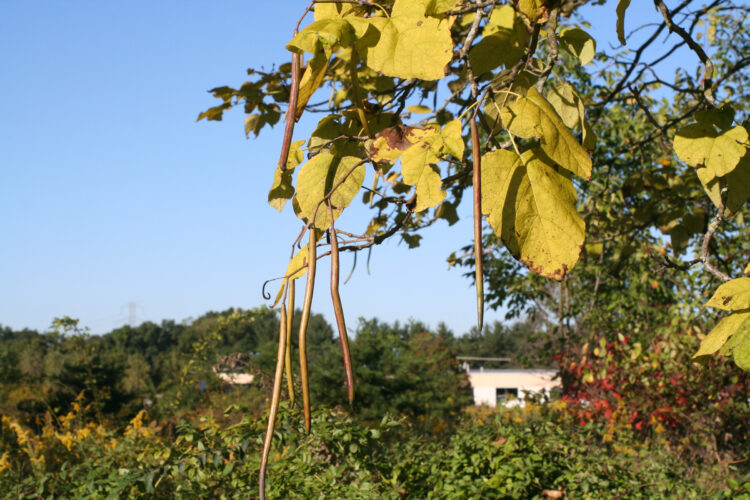
Cigar-tree!
September 27, 2005
The seeds are winged with a fringe of hairs on each wing tip. In spring the year following fruiting, the ground is littered with seeds and broken-apart fruits.
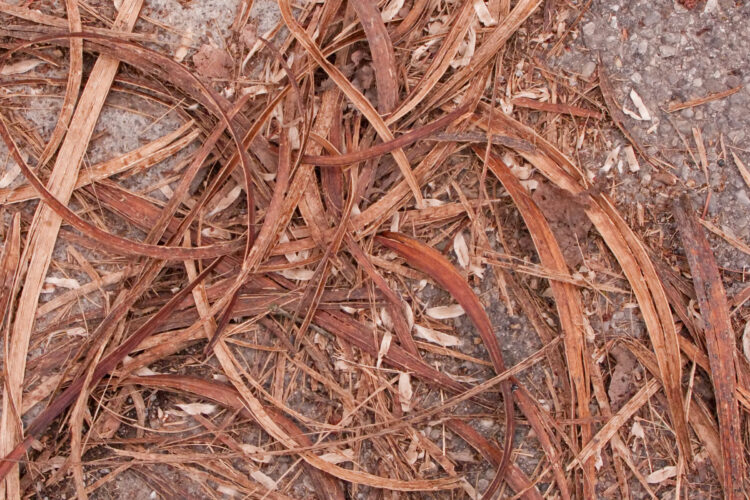
Litterbug tree!
April 5, 2009
In the winter. The twigs are stout, with circular leaf scars arranged in a whorled fashion. Note the bundle scars arranged n a circle.

Where to find northern catalpa. E. Lucy Braun, in The Woody Plants of Ohio (1961, 1989; The Ohio State University Press) tells us that that northern catalpa is “A tree of alluvial forests of the lower Ohio Valley and central Mississippi valley, from southwestern Indiana, southern Illinois, and Missouri, to westgern Tennessee and northeastern Arkansas. Widely planted for fence-posts and as an ornamental, and frequently escaped; reported (without distinction between planted and escasped) frlm over three-fourths of the Ohio Counties. OIften defoliated by caterpillars iof the Catalpa sphinx.
Scanned Image from an Old Book
(Flora of West Virginia, by P.D. Strausbaugh and Earl L. Core)

Ooh ooh. I have a question!
What are “catawba worms, and why does anyone care?
As described in this article in Fine Gardening, so-called “catawba worms,” (also called catalpa worms) are caterpillars of the catalpa sphinx moth, a sometimes-abundant species that feeds only on catalpa leaves, and are said to be amazingly great fish bait (“catfish candy”).
